Weekly Reading List: July 7, 2025
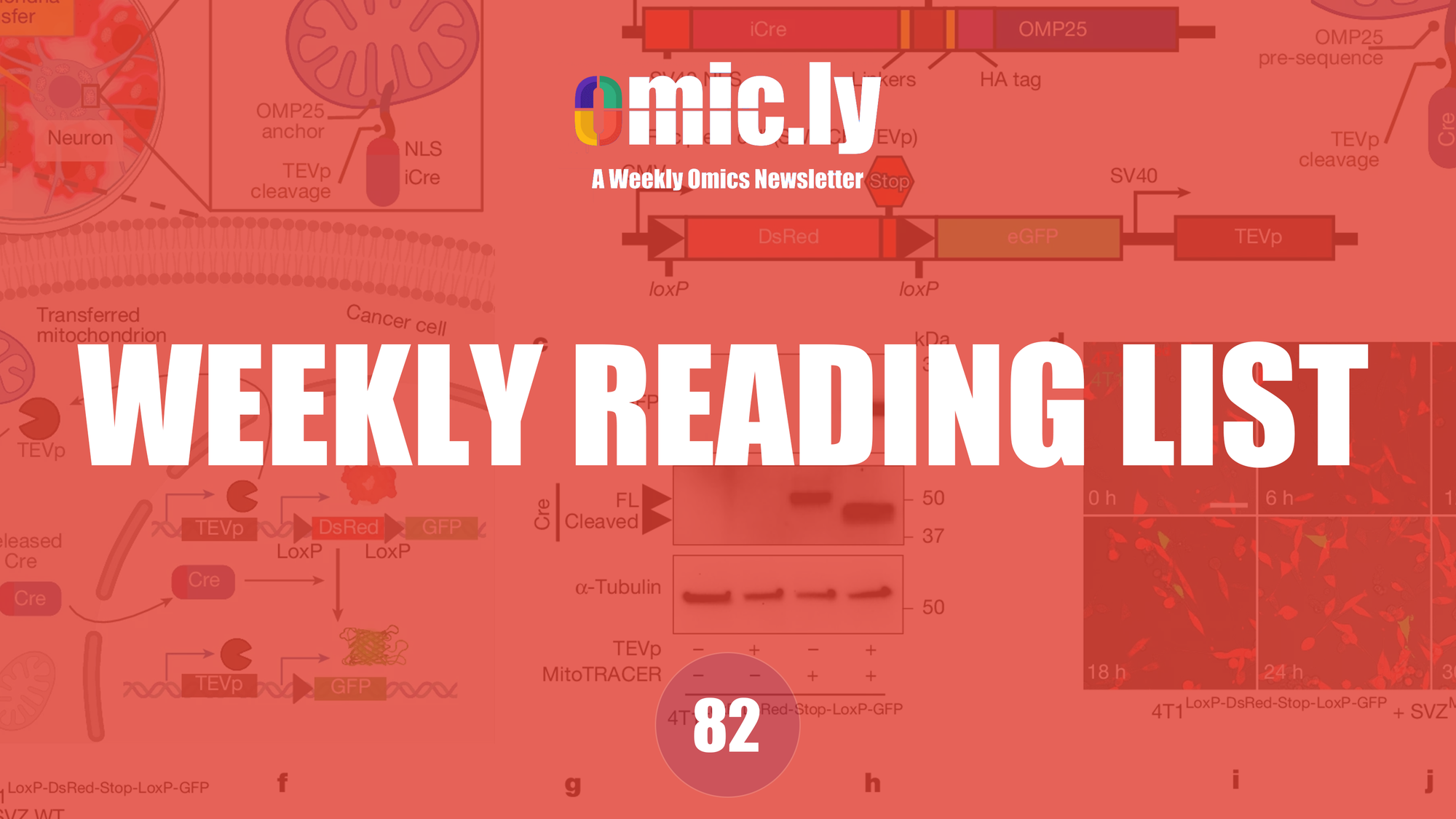
’We couldn’t live without it’: the UCSC Genome Browser turns 25
After
a quarter of a century, the website remains an essential tool for
navigating the genome and understanding its structure, function and
clinical impact.
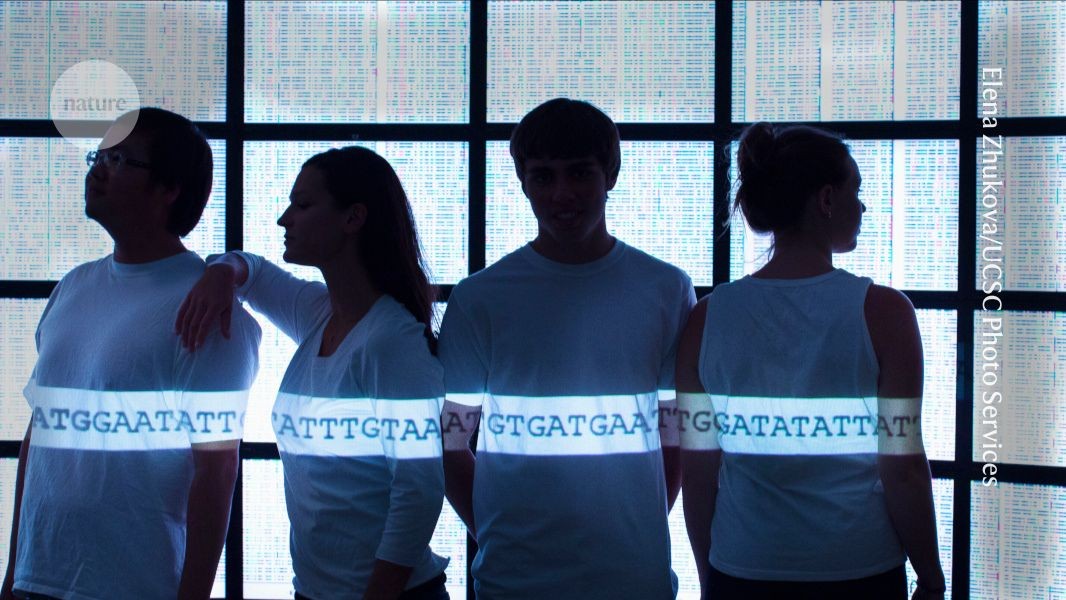
The Percentage of Tasks AI Agents Are Currently Failing At May Spell Trouble for the Industry
The
best AI Agents are currently failing about 70 percent of the tasks
assigned to them, as investments are expected to drop off a cliff.

A 6000-year-long genomic
transect from the Bogotá Altiplano reveals multiple genetic shifts in
the demographic history of Colombia
Genetic studies on
Native American populations have transformed our understanding of the
demographic history of the Americas. However, a region that has not been
investigated through ancient genomics so far is Colombia, the entry
point into South America. Here, we report genome-wide data of 21
individuals from the Bogotá Altiplano in Colombia between 6000 and 500
years ago. We reveal that preceramic hunter-gatherers represent a
previously unknown basal lineage that derives from the initial South
American radiation.
Bluebird Go-Private Deal Signals the ‘PE-ization of Pharma’
Why
did two private equity firms with more than $460 billion under
management want a little old gene therapy biotech called bluebird bio?
We wanted to know.
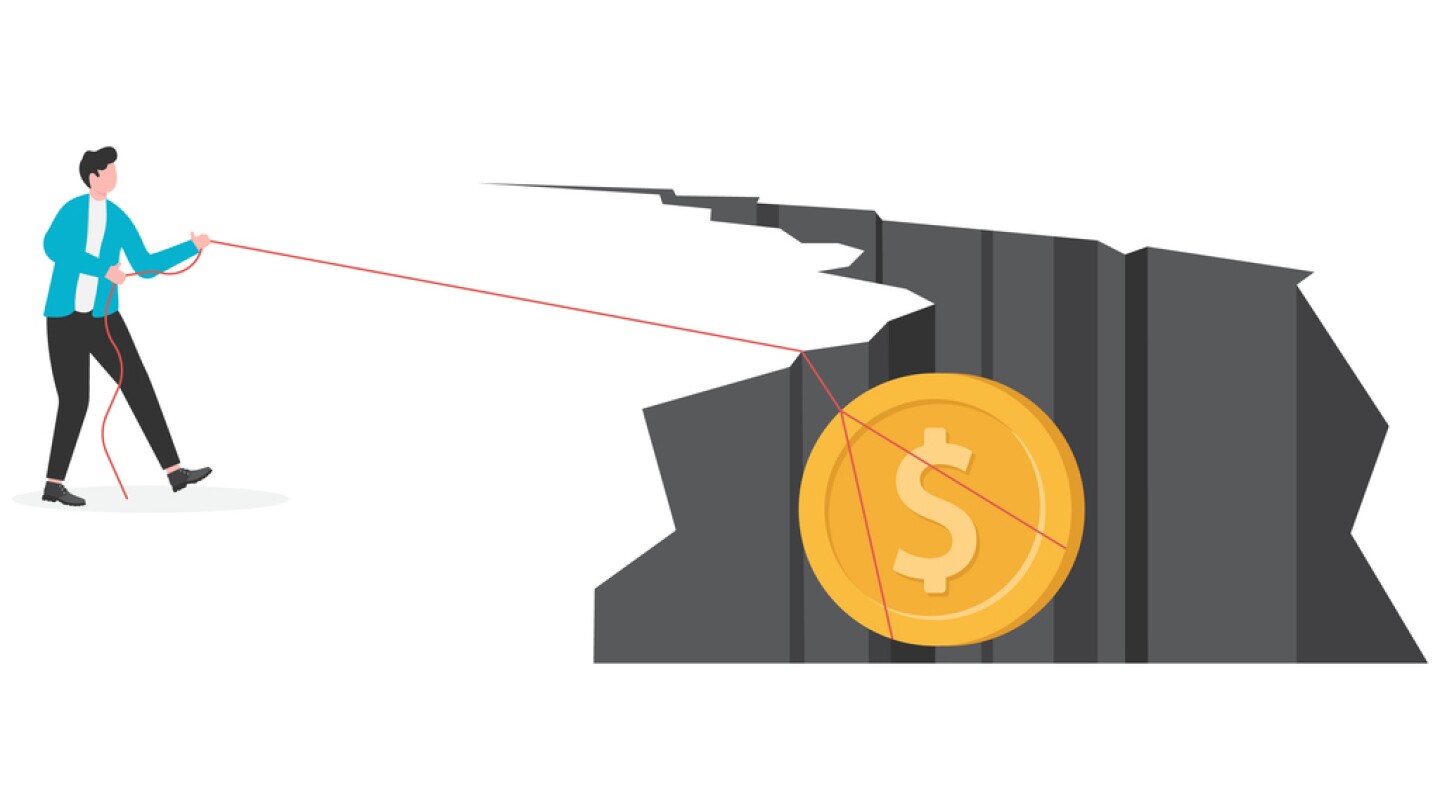
A foundation model to predict and capture human cognition - Nature
A
computational model called Centaur, developed by fine-tuning a language
model on a huge dataset called Psych-101, can predict and simulate
human nature in experiments expressible in natural language, even in
previously unseen situations.
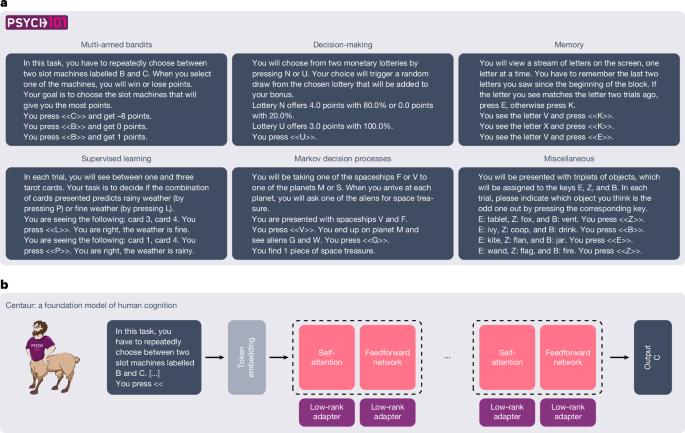
RFK Jr. says medical journals are ‘corrupt.’ As former NEJM editors, we know he’s wrong
RFK
Jr.’s plan to circumvent established medical journals smacks more of
retaliation than reform, write three former NEJM editors.

Jacifusen for FUS-ALS: molecular effects and clinical outcomes in a case series
Amyotrophic lateral
sclerosis (ALS) remains one of medicine's most formidable challenges,
with its genetic forms offering unique opportunities for targeted
intervention. Among these, mutations in the FUS gene cause a
particularly severe form of ALS, often affecting young patients, with
rapid progression and poor outcomes.1 The development of gene-silencing
therapies has gained momentum, with notable progress in the treatment of
SOD1-ALS, for which tofersen (an antisense oligonucleotide targeting
SOD1) showed promising results in the VALOR trial,2 particularly when
administered early in the disease course.
How many PhDs does the world need? Doctoral graduates vastly outnumber jobs in academia
PhD programmes need to better prepare students for careers outside universities, researchers warn.

J. Craig Venter Describes a Human Genomics Revolution Still In Progress
Despite profound impact on bio-medical research, progress in understanding has been slow.

Nonuniversality of inflammaging across human populations - Nature Aging
Analyzing
readouts of inflammaging across four cohorts, Franck and colleagues
identify strong variation and observe that inflammaging, in its known
form, primarily emerges in industrialized—but not
nonindustrialized—populations.
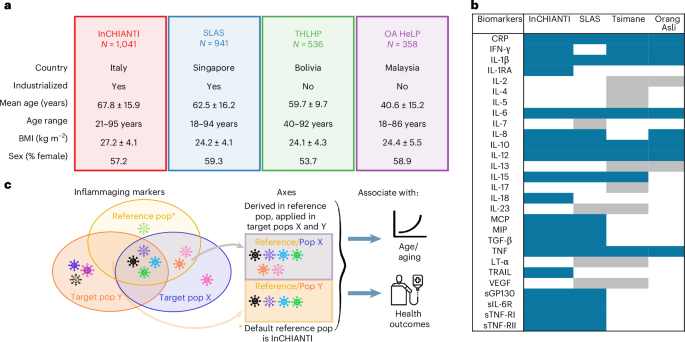
Life Science Firms Receive €25M-Plus in Funding From European Innovation Council
Three life science
firms have received awards of grant and equity funding from the European
Innovation Council (EIC) Accelerator.
Swedish proteomics firm Pixelgen and Swedish sequencing company Single
Technologies each received €12.5 million ($14.7 million) in grant and
equity funding, while UK-based molecular diagnostics firm Mitra Bio
received €2.5 million. The awards were announced by the EIC on Monday
Towards an AI co-scientist
Scientific
discovery relies on scientists generating novel hypotheses that undergo
rigorous experimental validation. To augment this process, we introduce
an AI co-scientist, a multi-agent system built on Gemini 2.0. The AI
co-scientist is intended to help uncover new, original knowledge and to
formulate demonstrably novel research hypotheses and proposals, building
upon prior evidence and aligned to scientist-provided research
objectives and guidance. The system’s design incorporates a generate,
debate, and evolve approach to hypothesis generation, inspired by the
scientific method and accelerated by scaling test-time compute. Key
contributions include: (1) a multi-agent architecture with an
asynchronous task execution framework for flexible compute scaling; (2) a
tournament evolution process for self-improving hypotheses generation.
Automated evaluations show continued benefits of test-time compute,
improving hypothesis quality. While general purpose, we focus
development and validation in three biomedical areas: drug repurposing,
novel target discovery, and explaining mechanisms of bacterial evolution
and anti-microbial resistance. For drug repurposing, the system
proposes candidates with promising validation findings, including
candidates for acute myeloid leukemia that show tumor inhibition in
vitro at clinically applicable concentrations. For novel target
discovery, the AI co-scientist proposed new epigenetic targets for liver
fibrosis, validated by anti-fibrotic activity and liver cell
regeneration in human hepatic organoids. Finally, the AI co-scientist
recapitulated unpublished experimental results via a parallel in silico
discovery of a novel gene transfer mechanism in bacterial evolution.
These results, detailed in separate, co-timed reports, demonstrate the
potential to augment biomedical and scientific discovery and usher an
era of AI empowered scientists.

Whole-genome ancestry of an Old Kingdom Egyptian - Nature
Whole-genome
sequencing of an ancient male Egyptian revealed a mixture of North
African Neolithic and eastern Fertile Crescent ancestry, suggesting
human migration between Egypt and Mesopotamia by the Old
Kingdom period.
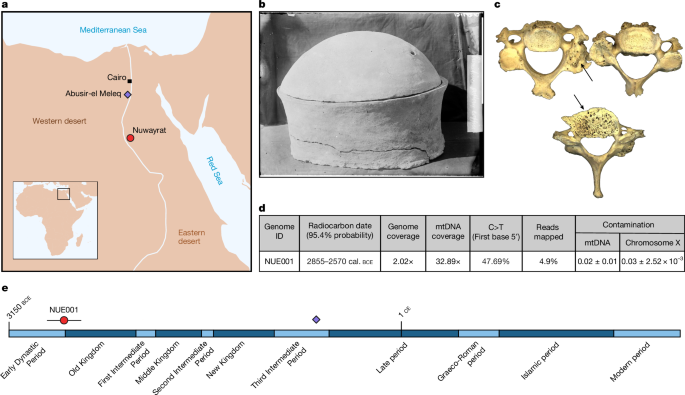
Psychedelics sans side effects: neuroplastogens gain ground
Discover
the latest developments in the neuroplastogens field, including
Elkedonia’s funding to address neuropsychiatric disorders.

Unsung observatory worker was UK’s first professional female astronomer, experts say
Cambridge’s Institute of Astronomy is trying to find a photo of Annie Walker, who died in 1940, to give her star billing

Multiomics and Machine
Learning Identify Immunometabolic Biomarkers for Active Tuberculosis
Diagnosis Against Nontuberculous Mycobacteria and Latent Tuberculosis
Infection
This study utilized
multiomics combined with a comprehensive machine learning-based
predictive modeling approach to identify, validate, and prioritize
circulating immunometabolic biomarkers in distinguishing tuberculosis
(TB) from nontuberculous mycobacteria (NTM) infections, latent
tuberculosis infection (LTBI), and other lung diseases (ODx). Functional
omics data were collected from two discovery cohorts (76 patients in
the TB-NTM cohort and 72 patients in the TB-LTBI-ODx cohort) and one
validation cohort (68 TB patients and 30 LTBI patients). Mutiomics
integrative analysis identified three plasma multiome biosignatures that
could distinguish active TB from non-TB with promising performance,
achieving area under the receiver operating characteristic curve (AUC)
values of 0.70–0.90 across groups in both the discovery and validation
cohorts.
A biocompatible Lossen rearrangement in Escherichia coli - Nature Chemistry
Biocompatible
chemistry merges chemo-catalytic reactions with cellular metabolism for
sustainable small-molecule synthesis. Now a biocompatible Lossen
rearrangement has been demonstrated to control bacterial cell growth and
chemistry and applied to the remediation and upcycling of polyethylene
terephthalate plastic waste in whole-cell reactions and fermentations to
produce valuable industrial chemicals, including the drug paracetamol.
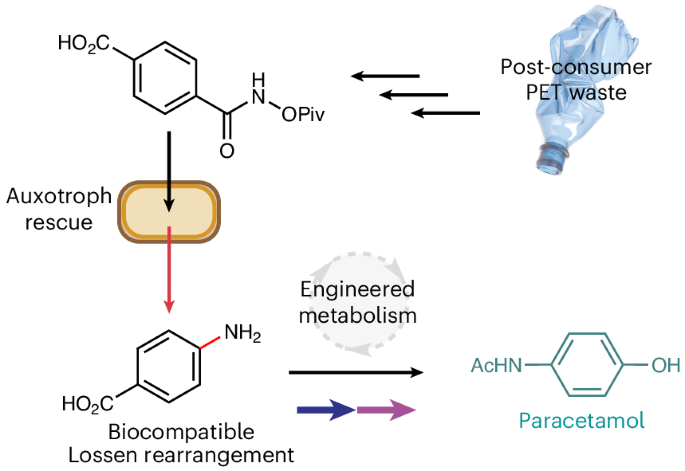
Viruses and vectors tied to honey bee colony losses
Commercial
beekeepers in the US reported severe colony losses early in 2025, as
colonies were being staged for their critical role in the almond
pollination season in California. Average reported losses since the
preceding spring exceeded 60%, with substantial variation among
operations. Many colonies were still actively collapsing in January,
2025, when pooled and individual samples were collected then screened
for levels of known honey bee pathogens and parasites. Deformed wing
virus strains A and B, along with Acute bee paralysis virus, were found
at unusually high levels, either in pooled colony samples or in
individual bees exhibiting shaking behaviors and morbidity. Differences
between these two analyses suggest that direct collections of morbid
bees provide a superior diagnostic for causal viruses, a suggestion
borne out by confirmation of symptoms and morbidity following isolation
and new inoculations. Since these viruses are known to be vectored by
parasitic Varroa mites, mites from collapsed colonies were in turn
screened for resistance to amitraz, a critical miticide used widely by
beekeepers. Miticide resistance was found in all collected Varroa ,
underscoring the urgent need for new control strategies for this
parasite. While viruses are a likely end-stage cause of colony death,
other stressors such as nutritional stress and agrochemicals may have
also played significant roles. ### Competing Interest Statement The
authors have declared no competing interest.
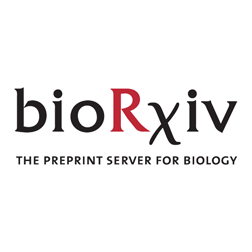
Manufacture and use of allogrooming tools by wild killer whales
The manufacture and use
of tools, while widespread in terrestrial animals1, has been less
frequently reported in marine taxa2. In cetaceans, clear examples of
tool use are largely restricted to foraging contexts, with no reports of
cetaceans fashioning tools by modifying objects. Here, we report
evidence of the widespread manufacture and use of allogrooming tools in a
population of resident killer whales (Orcinus orca ater).
The long-term effects of chemotherapy on normal blood cells - Nature Genetics
Mutational
signature analysis of blood cells isolated from 23 chemotherapy-exposed
samples and 9 nonexposed controls characterizes the effects of various
drugs on mutational burden, signature exposure and cell types.
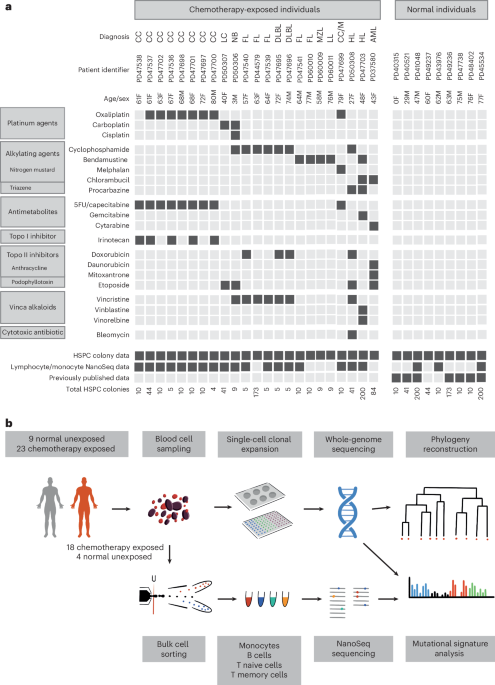
Deciphering cancer genomes with GenomeSpy: a grammar-based visualization toolkit
Visualization is an
indispensable facet of genomic data analysis. Despite the abundance of
specialized visualization tools, there remains a distinct need for
tailored solutions. However, their implementation typically requires
extensive programming expertise from bioinformaticians and software
developers, especially when building interactive applications. Toolkits
based on visualization grammars offer a more accessible, declarative way
to author new visualizations. Yet, current grammar-based solutions fall
short in adequately supporting the interactive analysis of large
datasets with extensive sample collections, a pivotal task often
encountered in cancer research.
The mutagenic forces shaping the genomes of lung cancer in never smokers - Nature
An
analysis of data from the Sherlock-Lung study provides insight into the
mutational processes that contribute to lung cancer in
never smokers, and looks at the possible role of factors such
as air pollution and passive smoking.
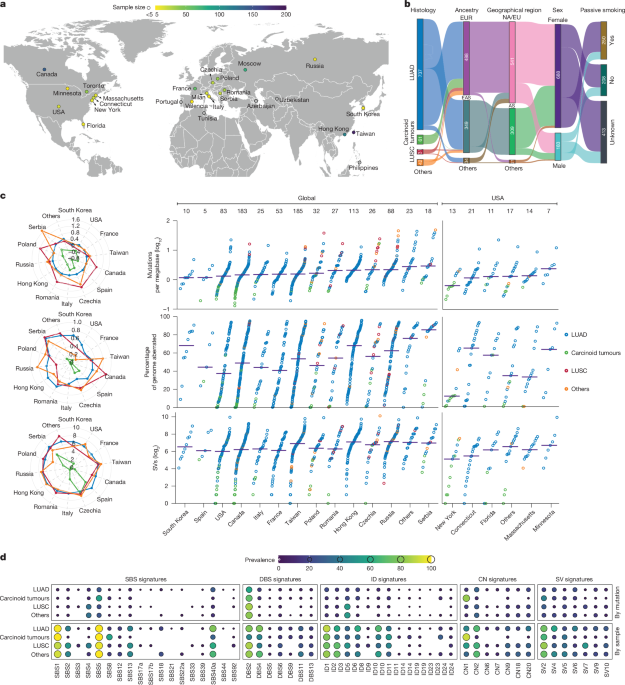
The consequences of letting avian influenza run rampant in US poultry
As of 20 May, the US
Department of Agriculture (USDA) has confirmed highly pathogenic avian
influenza (HPAI) in more than 173.1 million birds since the outbreak
began in January 2022. The secretary of the US Department of Health and
Human Services, Robert Kennedy Jr., has suggested allowing the
unmitigated spread of HPAI in turkeys and chickens to identify surviving
birds—a sentiment supported by Brooke Rollins, secretary of the USDA,
which, along with state-level departments of agriculture, has
jurisdiction over animal disease outbreaks (1)
Scientists warn US will lose a generation of talent because of Trump cuts
Political
interference and chaotic cuts to staff, programs and grants at the
National Science Foundation are producing ‘devastating consequences’
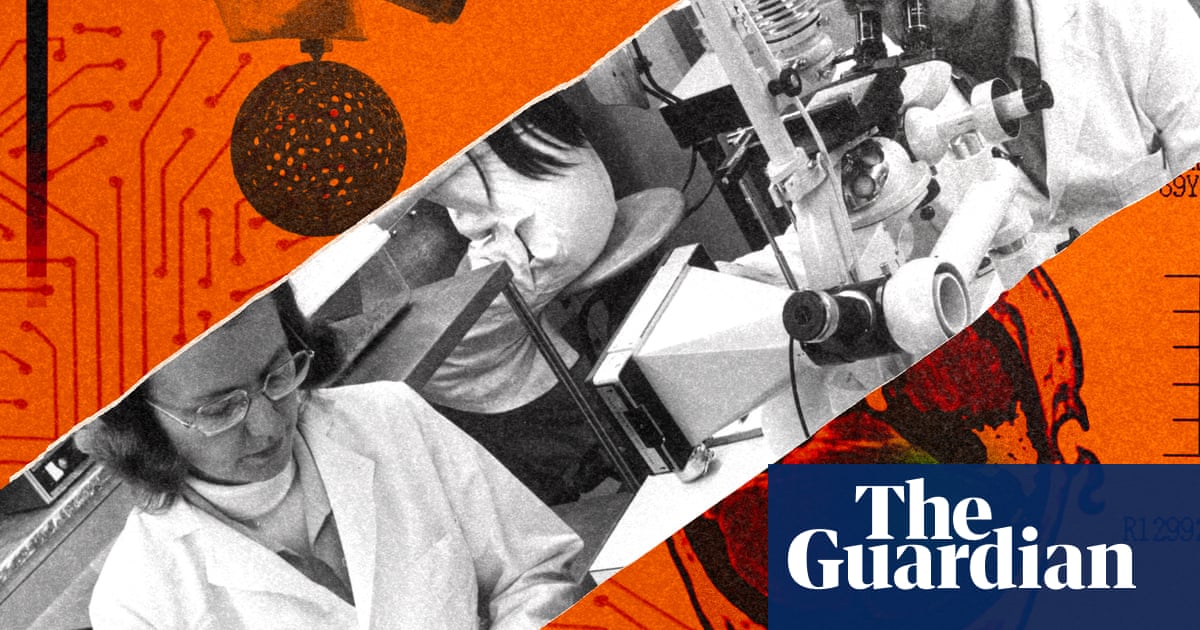
HIMS and HERS
With
obesity afflicting over 44% of U.S. adults, Americans are sick, facing a
chronic disease epidemic unlike anything we’ve ever seen before.
Fortunately, we now have a powerful tool to address



















